
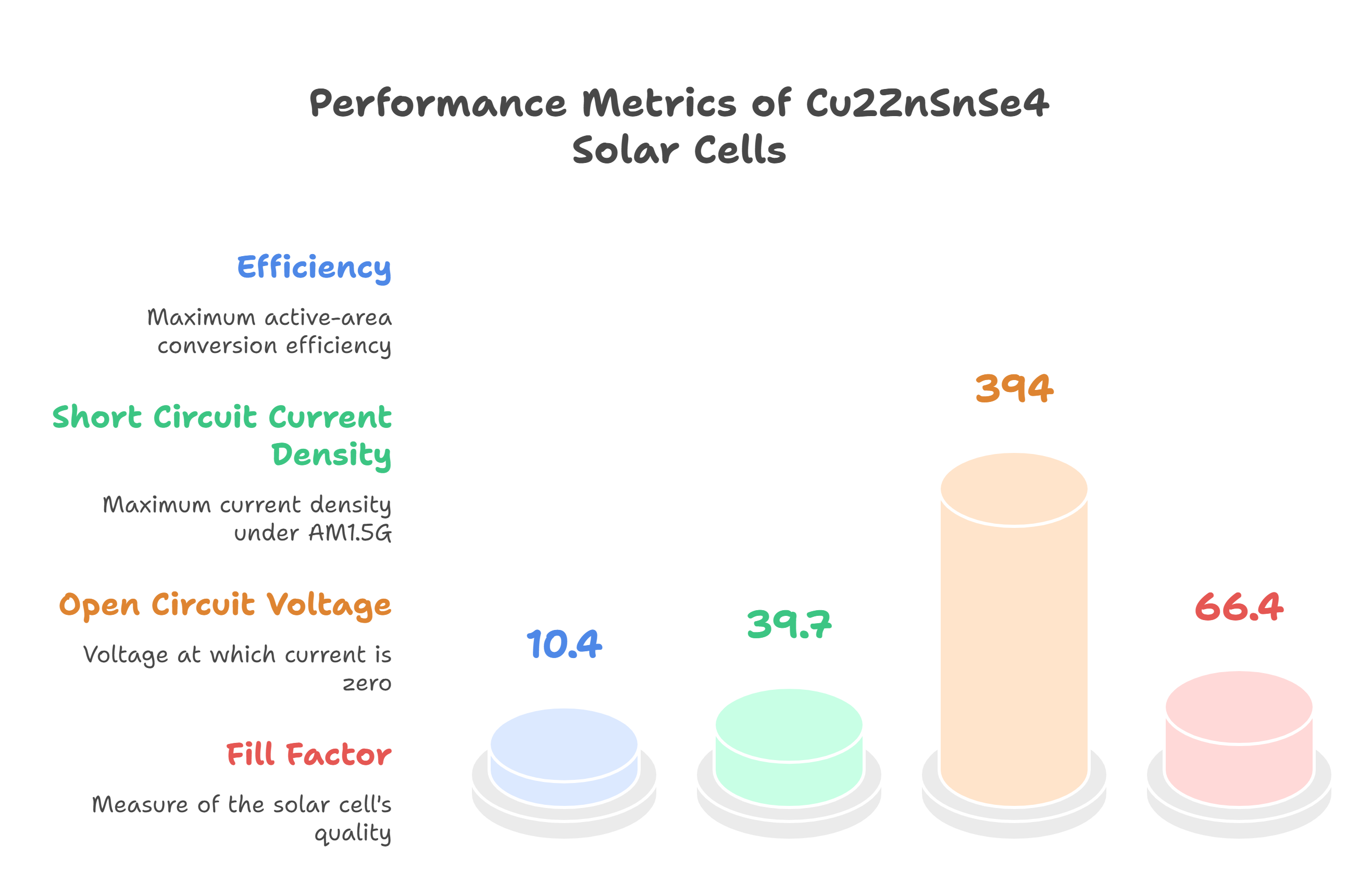
We report on the electrical, optical and physical properties of Cu2ZnSnSe4solar cells using an absorber layer fabricated by selenization of sputtered Cu, Zn and Cu10Sn90multilayers. A maximum active-area conversion efficiency of 10.4% under AM1.5G was measured with a maximum short circuit current density of 39.7 mA/cm2, an open circuit voltage of 394 mV and a fill factor of 66.4%. We perform electrical and optical characterization using photoluminescence spectroscopy, external quantum efficiency, current-voltage and admittance versus temperature measurements in order to derive information

Large deep neural network (DNN) models are computation and memory intensive, which limits their deployment especially on edge devices. Therefore, pruning, quantization, data sparsity and data reuse have been applied to DNNs to reduce memory and computation complexity at the expense of some accuracy loss. The reduction in the bit-precision results in loss of information, and the aggressive bit-width reduction could result in noticeable accuracy loss. This paper introduces Scaling-Weight-based Convolution (SWC) technique to reduce the DNN model size and the complexity and number of arithmetic
Due to the usage of Internet in everything in our life, our environment is transformed into digital society, in which everything can be accessed from anywhere. This is the main concept of Internet of Things (IoT), which consists of intelligent devices connected together without location limitation. These devices can be sensors and actuators, which are used in environmental monitoring, home automation, disaster management and more. This is the definition of Wireless Sensor Network (WSN), which is considered a subset from IoT environment. WSN consists of hundreds of nodes spread in different
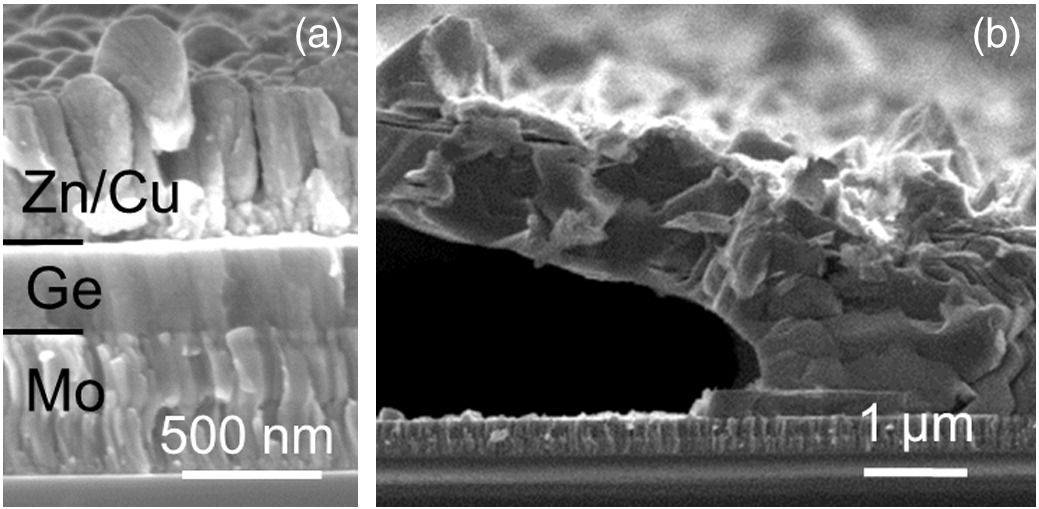
Cu2ZnGeSe4(CZGeSe) can be considered as a potential alternative for wide band gap thin film devices. In this work, CZGeSe thin films were deposited on Mo-coated soda lime glass substrates by sequential deposition of sputtered Cu, Zn and e-beam evaporated Ge layers from elemental targets followed by annealing at high temperature using H2Se gas. We report on the effect of the precursor stack order and composition and the impact of the annealing temperature on the physical properties of CZGeSe thin films. The optimal layer morphology was obtained when using a Mo/Cu/Zn/Ge precursor stack annealed

The exploitation of fractional calculus in engineering applications requires the utilization of fractional-order elements. As there is no immediate access to such type of elements, emulators that proportionally imitate their behavior are developed. The realization of emulators of fractional-order elements is based on the approximation of their impedance function. Subsequently, an advantageous option for the circuit implementation of the obtained, approximated impedance function is MOS transistor-based configurations, as they provide a dynamic system with electronically adjustable parameters
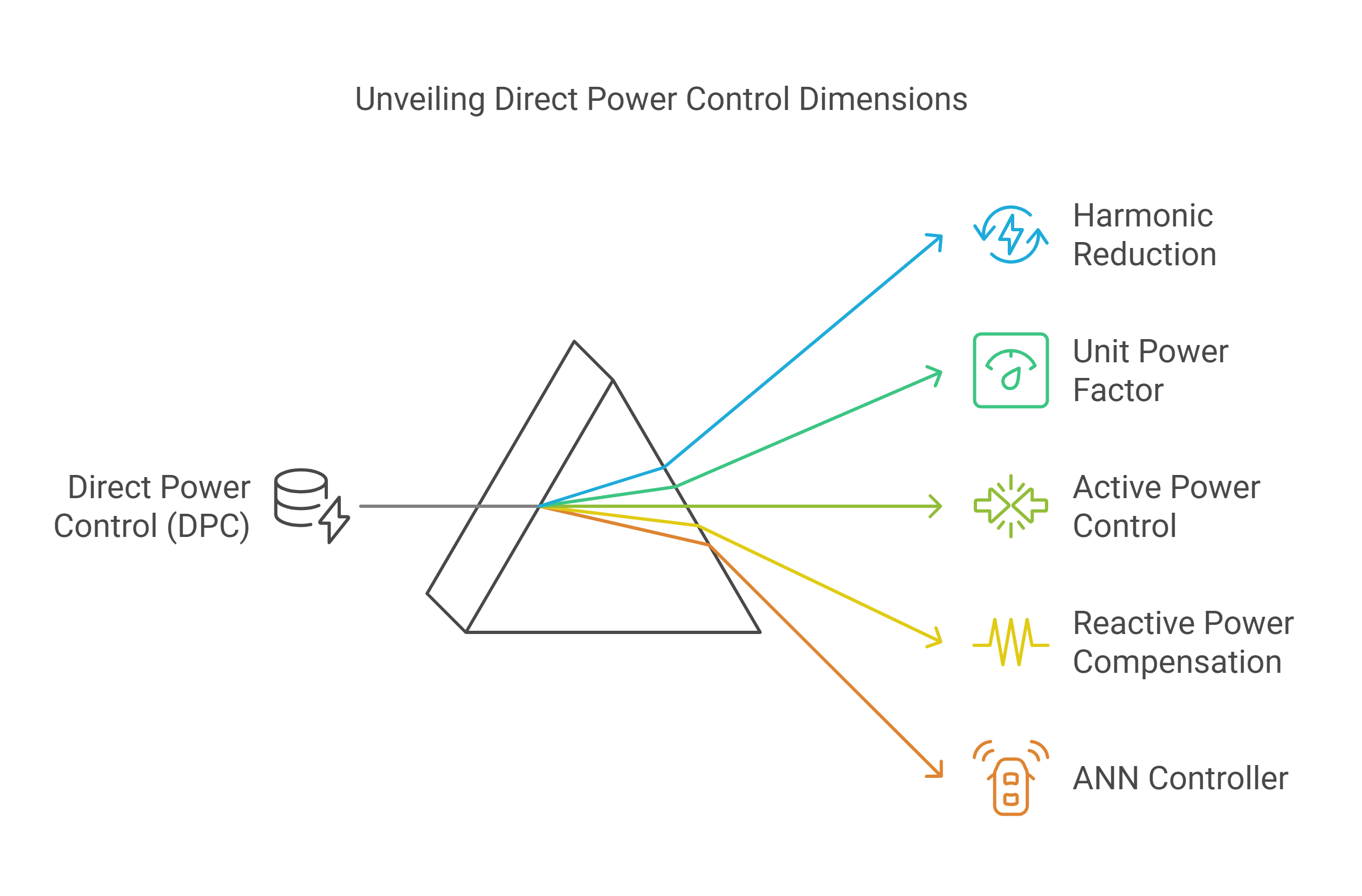
In this chapter, a new technique has been proposed for reducing the harmonic content of a three-phase PWM rectifier connected to the networks with a unit power factor and also providing decoupled control of the active and reactive instantaneous power. This technique called direct power control (DPC) is based on artificial neural network (ANN) controller, without line voltage sensors. The control technique is based on well-known direct torque control (DTC) ideas for the induction motor, which is applied to eliminate the harmonic of the line current and compensate for the reactive power. The
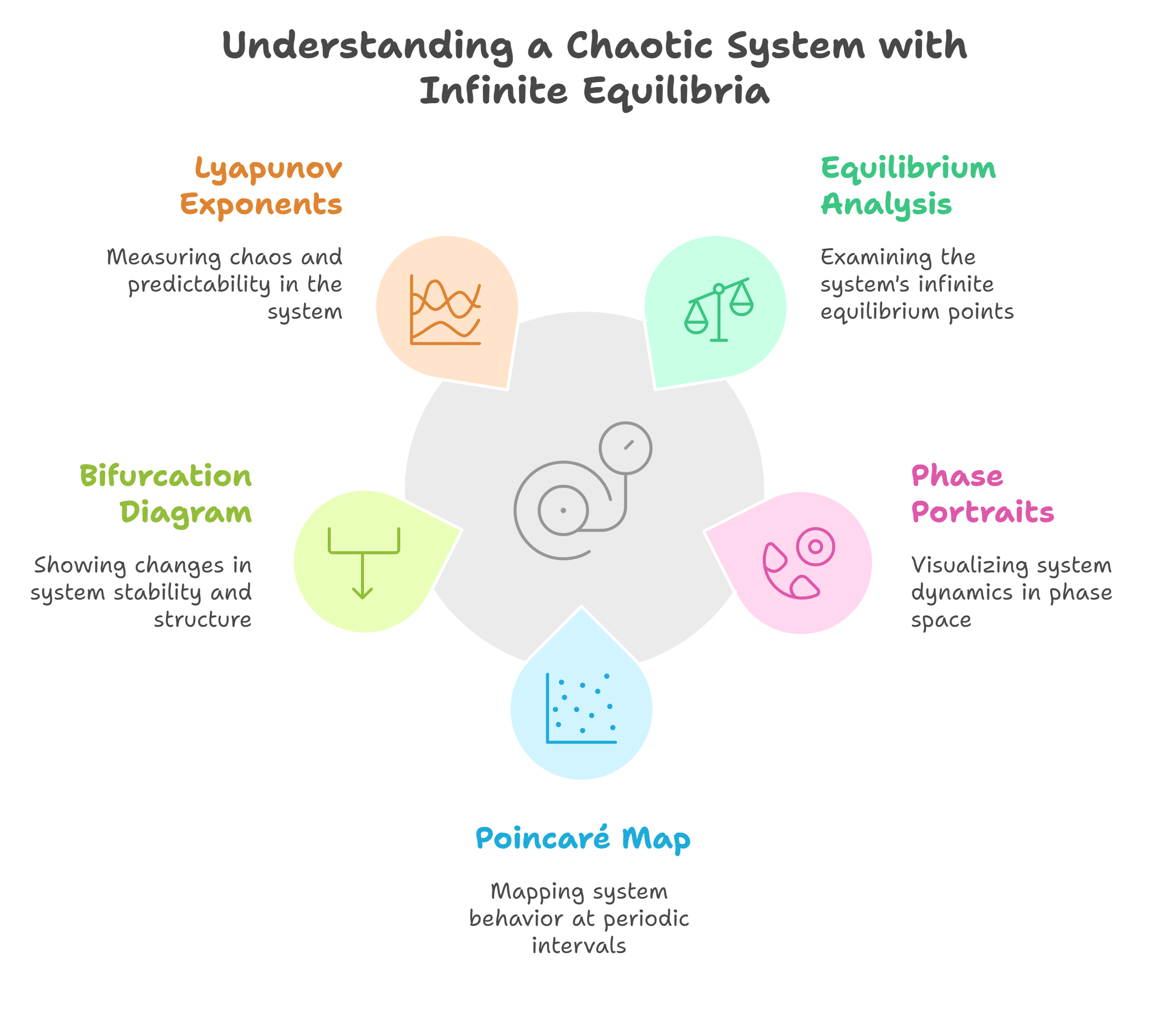
Conventional chaotic systems, such as the Lorenz system, Rössler system, Chen system, or Lü system, have a countable number of equilibrium points. Interestingly, a few unusual systems with infinite equilibria have been discovered recently. It is worth noting that from a computational point of view, that equilibria cannot support to identify the attractors in such systems. This chapter presents a three-dimensional chaotic system with an infinite number of equilibrium points. The fundamental properties of such a system are investigated by using equilibrium analysis, phase portraits, Poincaré map

An attractive feature of fractional calculus is its application in various interdisciplinary fields, extending from biomedical and biological notions to mechanical properties. For their description, fractional-order models have outperformed the corresponding integer-order models, resulting in a more realistic behavior, due to the additional degrees of freedom offered and the long-term memory effect that reflects the fractional order. These improved features are processed by appropriate circuit implementations, derived through several approximation methods, whose primary objective is to provide
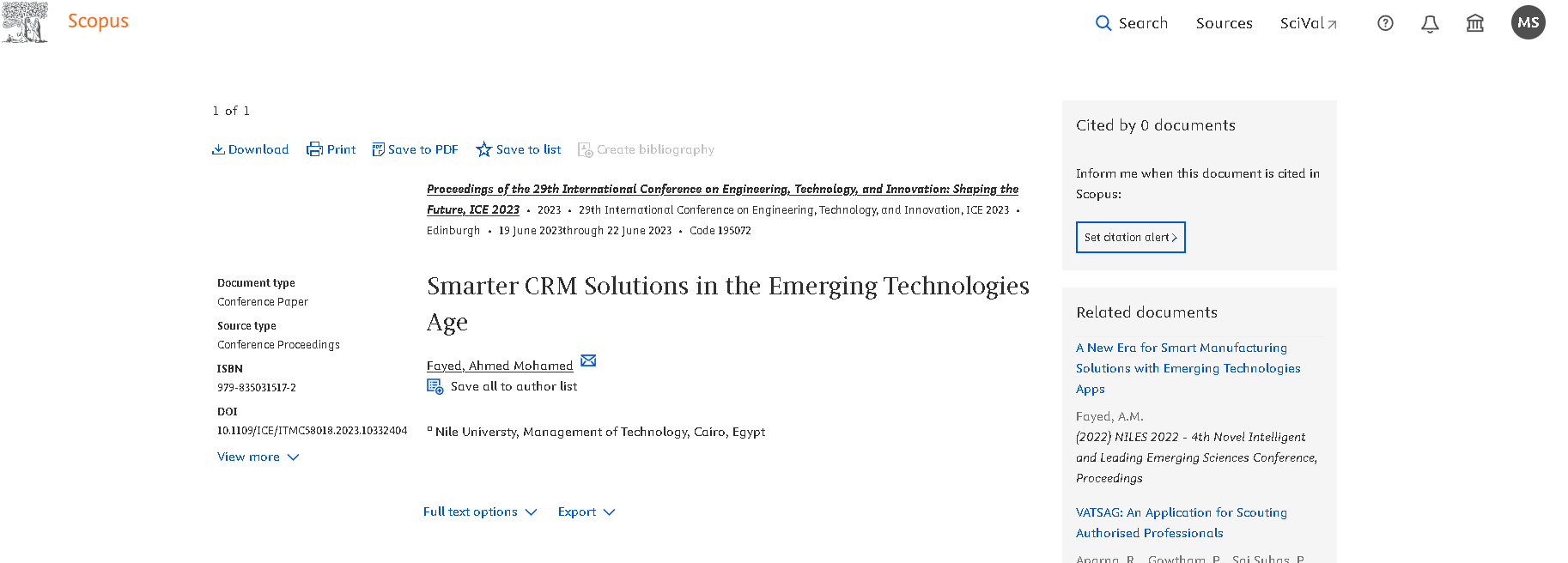
There are trends across modern Customer Relationship Management (CRM) solutions that are centered on emerging technologies such as Artificial Intelligence (AI), internet of things (IoT), and Blockchain to improve the overall customer experience. Smart CRM solutions focus on embedding emerging technologies capabilities within marketing, sales, and service functionalities to turns unpredictable customer journeys into predictive and interactive experiences. For example, applying artificial intelligence and machine learning to customer data and Internet of Things data allows organizations to